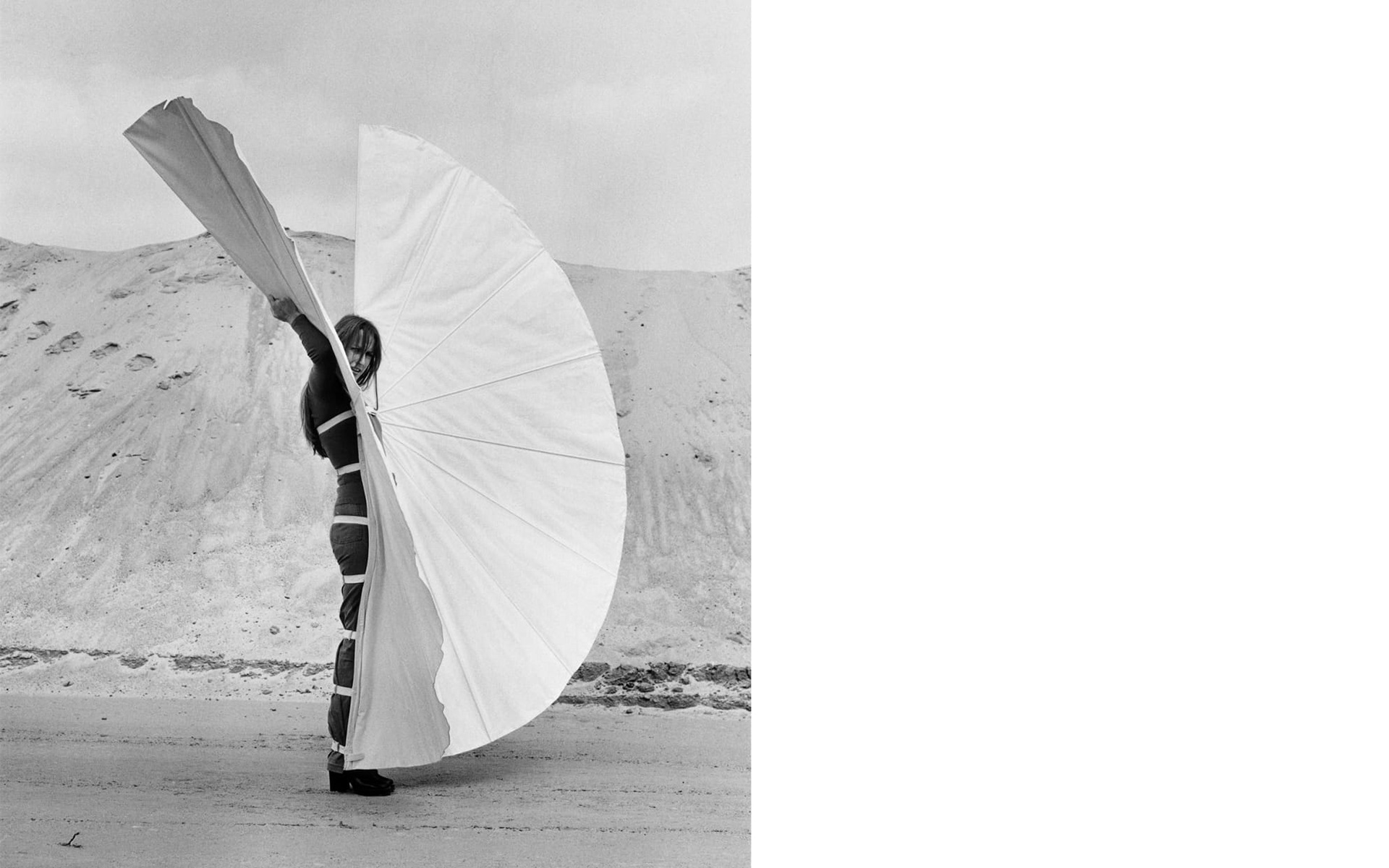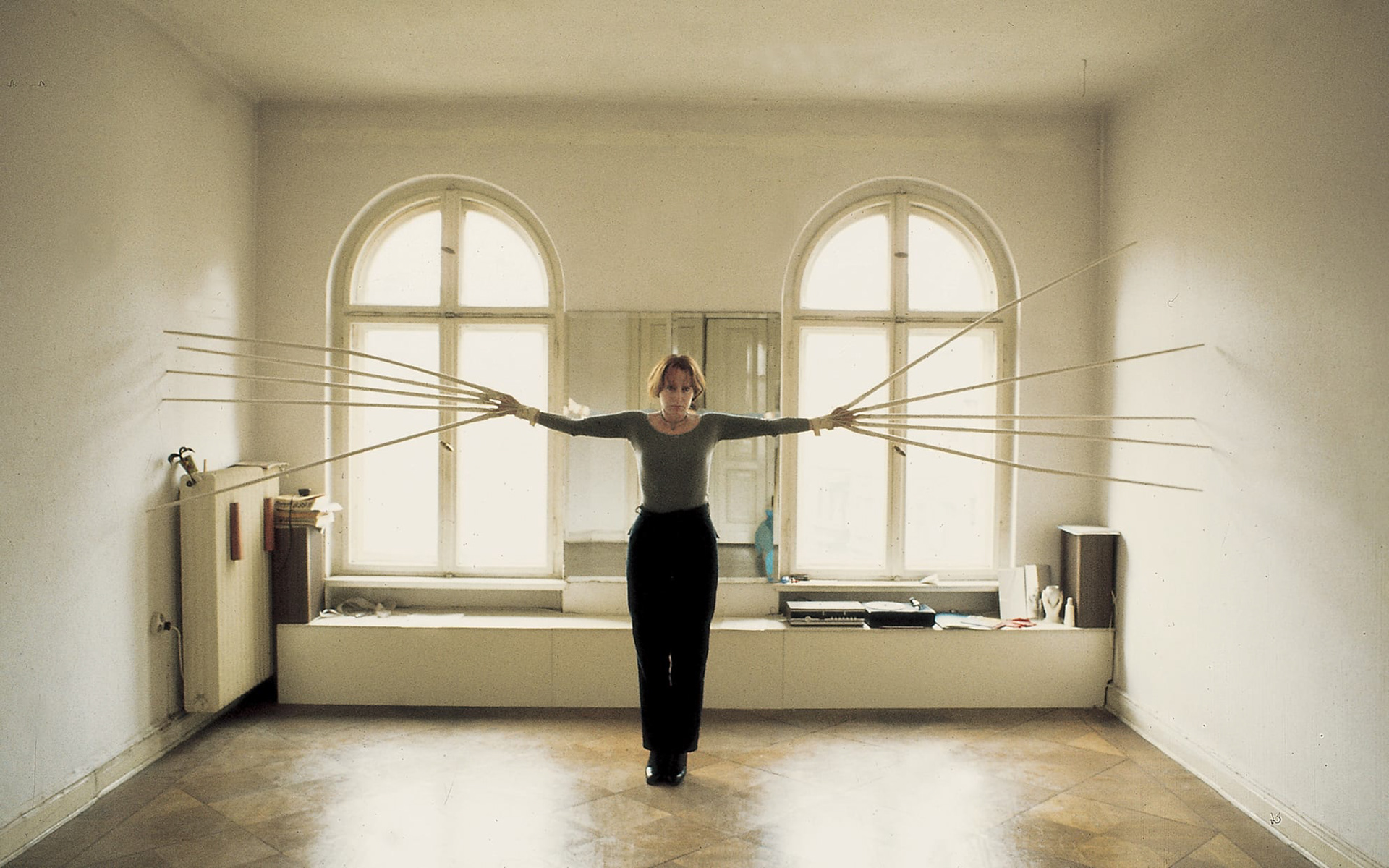"All the senses, including vision, are extensions of the tactile sense; the
senses are specializations of skin tissue, and all sensory experiences are
modes of touching and thus related to tactility. Our contact with the
world takes place at the boundary line of the self through specialized
parts of our enveloping membrane.
Touch is the sensory mode that integrates our experience of the world
with that of ourselves. Even visual perceptions are fused and integrated
into the haptic continuum of the self; my body remembers who I am,
where I am located in the world. My body is truly the navel of my world,
not in the sense of the viewing point of the central perspective, but as the
very locus of reference, memory, imagination and integration."
Juhani Pallasmaa - The Eyes of The Skin (pp.10,11)
"The taste of the apple... lies in the contact of the fruit with the palate, not in the fruit itself; in a similar way... poetry lies in the meeting of poem and reader, not in the lines of symbols printed on the pages of a book..."
Jorge Luis Borges
Jorge Luis Borges
"Over the course of the last year, our formerly separated notion of the self- our presumed and unquestioned access to physical spaces - has ultimately merged into a frame of mind where social life and travel moved into a "new somewhere; and endless repetition of illusions".
Andreas Angelidakis "Softwalks" 2021
Andreas Angelidakis "Softwalks" 2021
"Let us assume a wall: what takes place behind it?"
Jean Tardieu
Jean Tardieu



Rebecca Horn
"Relational Movement
There are always at least two bodies. These two stand close, facing one another,
reaching-toward an embrace that will signal an acceleration of the movement
that has always already begun. The movement within becomes a movement
without, not internal- external, but folding and bridging in an intensity of preacceleration.
This means you are never stopped. To move is to engage the potential
inherent in the preacceleration that embodies you. Preaccelerated because there
can be no beginning or end to movement. Movement is one with the world,
not body / world, but body- worlding. We move not to populate space, not to
extend it or to embody it, but to create it. Our preacceleration already colors
space, vibrates it. Movement quantifies it, qualitatively. Space is duration with
a difference. The difference is my body- worlding, always more than one. Our
embrace quickens the molecules that compose us. An adaptation occurs—we
begin to recompose. Volumes, always more than one, emerge from surfaces,
recombining with lines, folding, bridging, knotting. This coming- together proposes
a combination of form- forces where preacceleration potentially finds passage.
The passage flows not in a preinscribed direction: this is an intensive fl ow.
Preacceleration: a movement of the not-yet that composes the more- than- one
that is my body. Call it incipient action."
Manning, Erin, "Realationscapes: Movement, Art, Philosophy, 2009 (pp13)